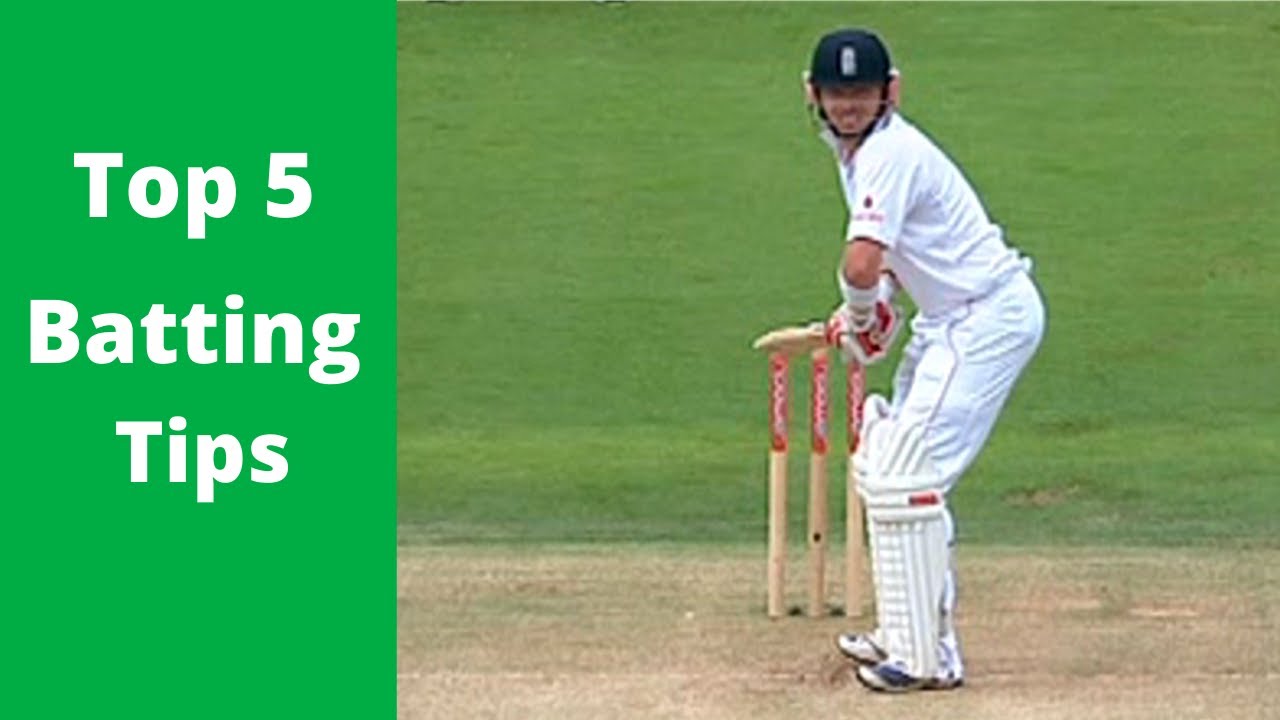Introduction
Cricket batting is an art that requires skill, technique, and practice. Whether you’re a seasoned pro or a beginner, improving your batting technique can make a significant difference in your game. In this article, we’ll explore the key elements of cricket batting technique and provide tips and drills to help you enhance your skills.
Stance and Footwork
A good batting stance is essential for effective batting. Here are some tips to improve your stance and footwork:
- Stand with your feet shoulder-width apart, with your body weight evenly distributed between both feet.
- Keep your knees slightly bent and your back straight, with your eyes focused on the bowler.
- As the bowler approaches, take a small step forward with your front foot and transfer your weight onto it.
- Keep your back foot stationary, with your weight evenly distributed between both feet.
Grip and Hand Position
A proper grip and hand position are crucial for effective batting. Here are some tips:
- Hold the bat with a firm but not overly tight grip, with your top hand facing the bowler.
- Keep your hands positioned at the top of the handle, with your bottom hand facing the direction of the shot.
- Keep your wrists firm and your arms straight, with your elbows slightly bent.
Shot Selection and Execution
Shot selection and execution are critical aspects of batting. Here are some tips:
- Play defensive shots to protect your wicket and rotate the strike.
- Play attacking shots to score runs and put pressure on the bowler.
- Use your feet to get into position and play shots with a straight bat.
- Keep your head still and focused on the ball, with your eyes following the trajectory of the ball.
Drills and Practice
Practice is key to improving your batting technique. Here are some drills to help you enhance your skills:
- Practice your stance and footwork in front of a mirror, focusing on your balance and weight transfer.
- Practice your grip and hand position with a bat, focusing on your wrist and arm position.
- Practice your shot selection and execution with a partner or coach, focusing on your footwork and bat position.
- Practice your defensive shots with a bowling machine or a partner, focusing on your backfoot and front-foot defense.
Conclusion
Improving your cricket batting technique requires practice, patience, and dedication. By focusing on your stance, footwork, grip, hand position, shot selection, and execution, you can enhance your skills and become a better batsman. Remember to practice regularly and seek guidance from a coach or experienced player to help you improve your technique.
